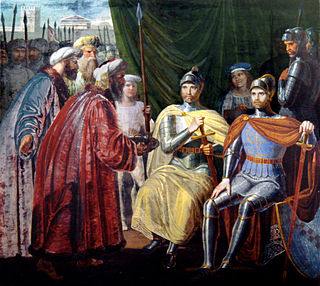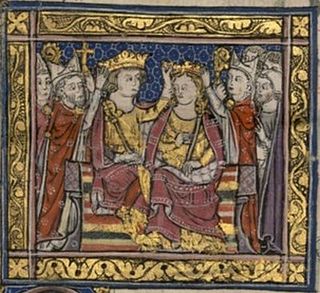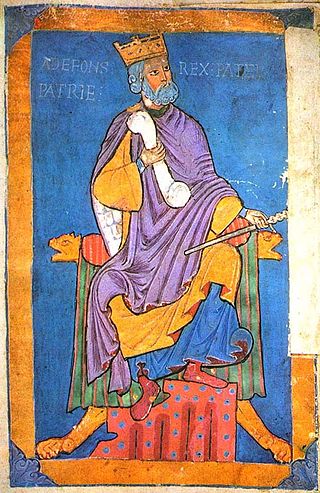| Millennium: | 2nd millennium |
|---|---|
| Centuries: | |
| Decades: | |
| Years: |
| 1061 by topic |
|---|
| Leaders |
| Birth and death categories |
| Births – Deaths |
| Establishments and disestablishments categories |
| Establishments – Disestablishments |
| Gregorian calendar | 1061 MLXI |
| Ab urbe condita | 1814 |
| Armenian calendar | 510 ԹՎ ՇԺ |
| Assyrian calendar | 5811 |
| Balinese saka calendar | 982–983 |
| Bengali calendar | 468 |
| Berber calendar | 2011 |
| English Regnal year | N/A |
| Buddhist calendar | 1605 |
| Burmese calendar | 423 |
| Byzantine calendar | 6569–6570 |
| Chinese calendar | 庚子年 (Metal Rat) 3758 or 3551 — to — 辛丑年 (Metal Ox) 3759 or 3552 |
| Coptic calendar | 777–778 |
| Discordian calendar | 2227 |
| Ethiopian calendar | 1053–1054 |
| Hebrew calendar | 4821–4822 |
| Hindu calendars | |
| - Vikram Samvat | 1117–1118 |
| - Shaka Samvat | 982–983 |
| - Kali Yuga | 4161–4162 |
| Holocene calendar | 11061 |
| Igbo calendar | 61–62 |
| Iranian calendar | 439–440 |
| Islamic calendar | 452–453 |
| Japanese calendar | Kōhei 4 (康平4年) |
| Javanese calendar | 964–965 |
| Julian calendar | 1061 MLXI |
| Korean calendar | 3394 |
| Minguo calendar | 851 before ROC 民前851年 |
| Nanakshahi calendar | −407 |
| Seleucid era | 1372/1373 AG |
| Thai solar calendar | 1603–1604 |
| Tibetan calendar | 阳金鼠年 (male Iron-Rat) 1187 or 806 or 34 — to — 阴金牛年 (female Iron-Ox) 1188 or 807 or 35 |

Year 1061 ( MLXI ) was a common year starting on Monday of the Julian calendar.









